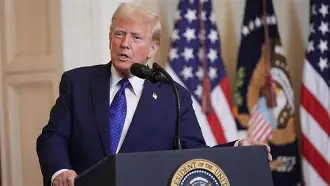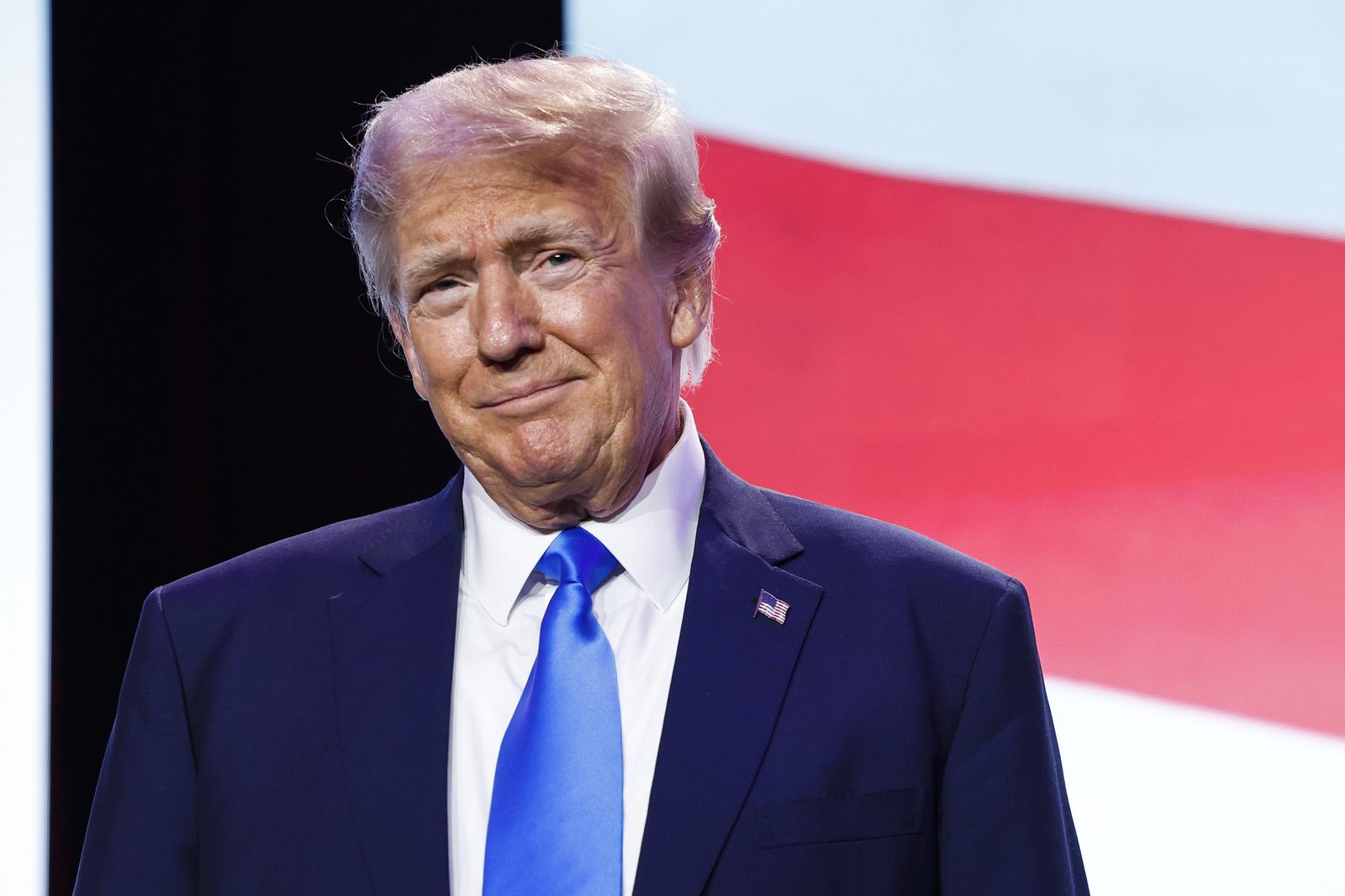Former U.S. President Donald Trump has set a July 9 deadline for finalizing multiple trade deals—or else new U.S. tariffs will take effect on August 1, escalating fears of a global trade war. With global markets already jittery, this renewed tariff strategy threatens to unsettle supply chains and shake major economic partnerships worldwide. Trump’s move signals a bold push to redefine trade relationships while global investors brace for economic fallout.
Trump Issues July 9 Ultimatum for Trade Deals
Trump’s newly announced trade policy sets a strict July 9 deadline for countries to finalize trade deals with the U.S., or risk facing steep tariffs starting August 1.
According to Trump’s trade advisors, nations that miss the deadline will be subject to tariffs starting at 10%, potentially rising to 60–70% depending on the sector and level of trade deficit.
In a press briefing, Trump stated:
“If they don’t want fair trade, they’ll get fair tariffs.”
The former president is reportedly seeking “quick, tailored” deals with major partners including the EU, India, South Korea, Japan, and Vietnam. Several of these nations have confirmed ongoing negotiations, but the tight timeline is intensifying diplomatic pressure.
Global Markets React to Tariff Threat
Financial markets are showing signs of strain amid rising tariff uncertainty.
On Monday, Wall Street dipped, with the S\&P 500, Dow Jones, and Nasdaq all posting minor losses. Meanwhile, European and Asian markets closed mixed, reflecting global anxiety over Trump’s trade rhetoric.
The U.S. dollar rose modestly as investors sought safe havens, while oil futures slipped on fears of disrupted global trade routes.
Global investors are particularly worried about retaliatory tariffs, with BRICS countries expected to push back if penalized. Several analysts warn that tariffs could lead to increased inflation, supply chain delays, and a slowing global economy.
Trade Partners Rush to Avoid Tariffs
Countries on Trump’s target list are scrambling to negotiate last-minute trade deals.
The European Union is pushing for a “mini-deal” focused on autos, tech, and agriculture. India and Japan are reportedly close to terms involving digital trade and manufacturing.
Canada, Mexico, and Vietnam are seeking exemptions, arguing existing trade pacts like USMCA should shield them from additional tariffs.
BRICS nations, however, remain cautious. Trump has hinted at a 10% flat tariff on all BRICS goods unless broader trade talks are reopened. Diplomats from China, Brazil, and South Africa have expressed concern over what they describe as “tariff blackmail.”
Critics Warn of Legal and Economic Risks
Critics say the policy may violate WTO trade rules and overstep presidential authority—especially as U.S. courts recently challenged Trump’s “Liberation Day” tariff strategy.
Former Treasury officials warn that the deadline strategy may damage long-term alliances.
Economist Lisa Brown of the Peterson Institute said:
“This may win headlines, but it’s high-risk diplomacy. The global economy can’t absorb another tariff shock.”
Despite legal concerns, Trump’s supporters argue the move restores America’s trade leverage and deters unfair trade practices from rivals.
Implications / Why It Matters
The August 1 tariff implementation could ripple across global supply chains, driving up consumer prices and stalling exports.
Trending long-tail keywords like “Trump new tariffs 2025,” “global trade deadline July 9,” and “US tariff enforcement August 1” highlight growing global concern.
Emerging markets reliant on U.S. imports may suffer immediate economic hits. Meanwhile, tech companies, automakers, and agricultural exporters face price instability and contract uncertainty.
For global readers, this news is not just U.S.-centric. It impacts trade routes, inflation rates, cross-border business deals, and the overall trajectory of the post-pandemic global economy.

